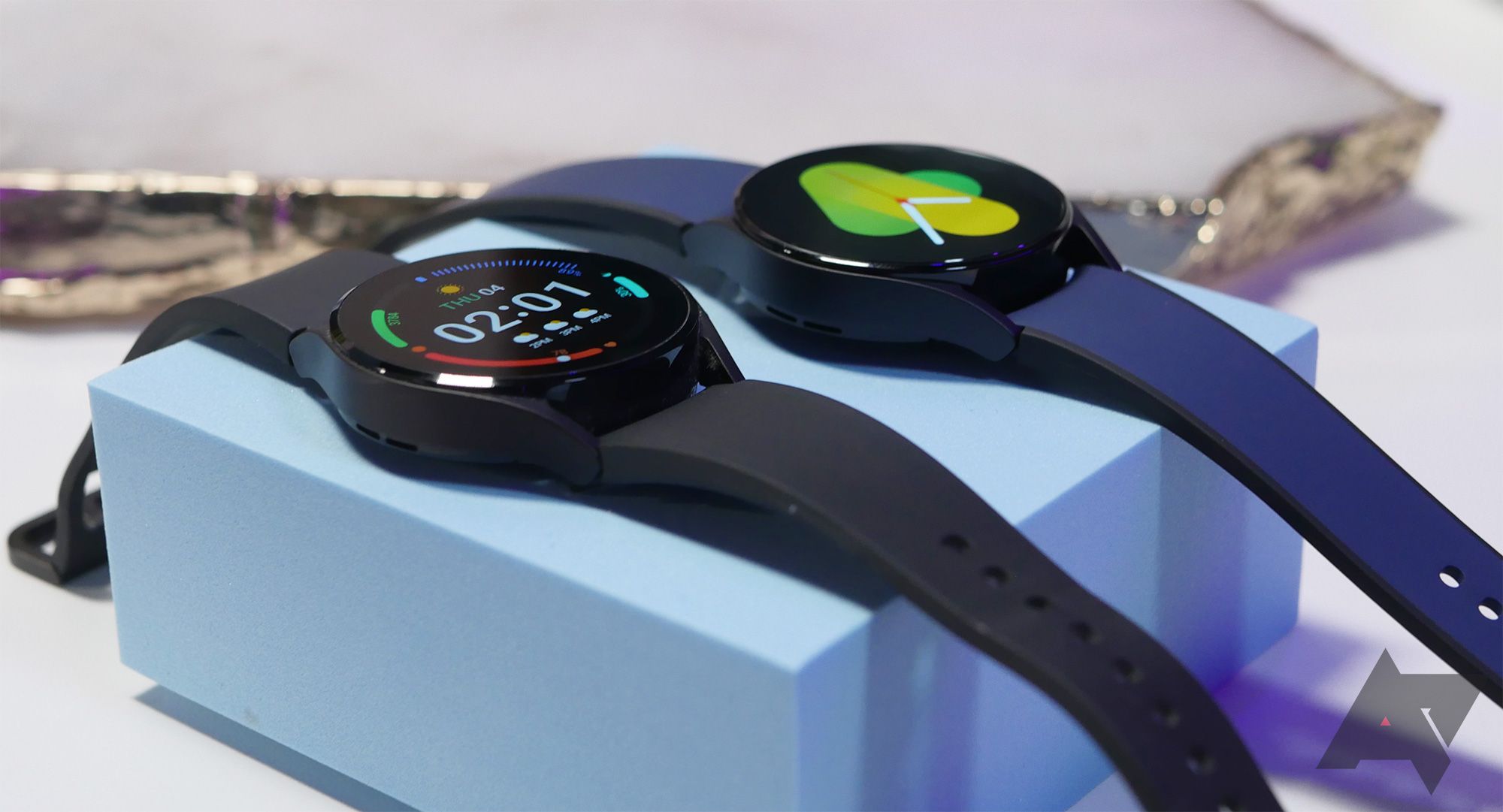
The global wearable patch market has shown significant growth over the past few years, and it continues to expand at a remarkable pace. As of 2021, the market size was valued at USD 11,126 million and is projected to reach USD 22,124 million by 2030, growing at a compound annual growth rate (CAGR) of 8.1%. This growth is driven by various factors, including the increasing prevalence of chronic disorders, rising awareness among consumers about wearable devices, and continuous technological advancements in wearable patches. However, the market also faces challenges such as the high cost of sensor patches and concerns about data privacy and security. Despite these restraints, there are significant opportunities for growth, particularly with the growing adoption of telehealth and the advent of remote patient monitoring.
REQUEST A $1000 DISCOUNT ON CREDIT CARD PURCHASE: https://www.acumenresearchandconsulting.com/inquiry-before-buying/862
Market Drivers
1. Growing Prevalence of Chronic Disorders: The increasing prevalence of chronic diseases such as diabetes, cardiovascular diseases, and respiratory disorders is a major driver for the wearable patch market. These conditions often require continuous monitoring and management, which can be effectively facilitated by wearable patches. For instance, diabetic patients can use glucose monitoring patches to keep track of their blood sugar levels continuously, thereby improving disease management and reducing the risk of complications.
2. Increasing Awareness Among Consumers for Wearable Devices: There is a growing awareness among consumers about the benefits of wearable devices, including wearable patches. These devices offer convenience and ease of use, allowing individuals to monitor various health parameters such as heart rate, blood pressure, and glucose levels in real time. The increasing adoption of smartphones and other connected devices has also contributed to the rising awareness and use of wearable patches.
3. Rising Technological Advancements in Wearable Patches: Technological advancements play a crucial role in the growth of the wearable patch market. Innovations such as flexible electronics, advanced sensors, and improved battery life have significantly enhanced the functionality and usability of wearable patches. Moreover, the integration of artificial intelligence (AI) and machine learning (ML) algorithms in these devices has enabled more accurate and personalized health monitoring and analysis.
Download Sample Report Copy of This Report from Here: https://www.acumenresearchandconsulting.com/request-sample/862
Market Restraints
1. High Cost of Sensor Patches: One of the primary restraints for the wearable patch market is the high cost of sensor patches. Advanced wearable patches equipped with sophisticated sensors and technologies can be expensive, limiting their adoption, especially in low- and middle-income countries. The high cost is often attributed to the complex manufacturing processes and the need for high-quality materials.
2. Risk Associated with Data Privacy and Security: Wearable patches collect and transmit sensitive health data, which raises concerns about data privacy and security. The risk of data breaches and unauthorized access to personal health information can deter consumers from adopting wearable patches. Ensuring robust data protection measures and complying with stringent regulatory standards are essential to address these concerns and build consumer trust.
Wearable Patch Market Segmentation
Wearable Patch Market by Type
• Connected
• Regular
Wearable Patch Market by Application
• Clinical
• Non-Clinical
Wearable Patch Market by End-User
• Hospital & Clinics
• Ambulatory Centers
• Others
Market Opportunities
1. Growing Adoption of Telehealth: The COVID-19 pandemic has accelerated the adoption of telehealth services, creating significant opportunities for the wearable patch market. Telehealth allows healthcare providers to remotely monitor and manage patients’ health conditions, reducing the need for in-person visits. Wearable patches can play a crucial role in telehealth by providing real-time health data and enabling remote monitoring, thereby improving patient outcomes and reducing healthcare costs.
2. Advent of Remote Patient Monitoring: Remote patient monitoring (RPM) is another promising opportunity for the wearable patch market. RPM involves the use of digital technologies to monitor and manage patients’ health conditions from a distance. Wearable patches equipped with advanced sensors and connectivity features can continuously track various health parameters and transmit the data to healthcare providers. This facilitates timely interventions and personalized care, particularly for patients with chronic diseases or those recovering from surgery.
Regional Analysis
1. North America: North America dominates the global wearable patch market, primarily due to the high prevalence of chronic diseases, advanced healthcare infrastructure, and increasing consumer awareness about wearable devices. The presence of major market players and the rapid adoption of telehealth and remote patient monitoring solutions also contribute to the market’s growth in this region.
2. Europe: Europe holds a significant share in the wearable patch market, driven by the rising geriatric population, increasing healthcare expenditure, and favorable government initiatives promoting digital health technologies. Countries like Germany, the UK, and France are leading the adoption of wearable patches, particularly in managing chronic diseases and elderly care.
3. Asia-Pacific: The Asia-Pacific region is expected to witness the highest growth rate during the forecast period. Factors such as the increasing prevalence of chronic diseases, growing awareness about wearable devices, and the rising adoption of telehealth and remote monitoring solutions are driving the market’s growth in this region. Additionally, the expanding healthcare infrastructure and the presence of a large patient pool present significant opportunities for market players.
4. Latin America and Middle East & Africa: Latin America and the Middle East & Africa regions are also experiencing growth in the wearable patch market, albeit at a slower pace compared to other regions. The increasing burden of chronic diseases, improving healthcare infrastructure, and growing investments in digital health technologies are some of the factors contributing to the market’s growth in these regions.
Competitive Landscape
The global wearable patch market is highly competitive, with several key players actively engaged in research and development to introduce innovative products and gain a competitive edge. Some of the prominent players in the market include:
• Abbott Laboratories
• Medtronic plc
• DexCom, Inc.
• iRhythm Technologies, Inc.
• Koninklijke Philips N.V.
• GE Healthcare
• Boston Scientific Corporation
• BioTelemetry, Inc.
• LifeSignals, Inc.
• VivaLNK, Inc.
These companies are focusing on strategic initiatives such as mergers and acquisitions, partnerships, collaborations, and new product launches to strengthen their market position and expand their product portfolios.
Wearable Patch Market Table of Content:
CHAPTER 1. Industry Overview of Wearable Patch Market
CHAPTER 2. Research Approach
CHAPTER 3. Market Dynamics And Competition Analysis
CHAPTER 4. Manufacturing Plant Analysis
CHAPTER 5. Wearable Patch Market By Type
CHAPTER 6. Wearable Patch Market By Application
CHAPTER 7. Wearable Patch Market By End-User
CHAPTER 8. North America Wearable Patch Market By Country
CHAPTER 9. Europe Wearable Patch Market By Country
CHAPTER 10. Asia Pacific Wearable Patch Market By Country
CHAPTER 11. Latin America Wearable Patch Market By Country
CHAPTER 12. Middle East & Africa Wearable Patch Market By Country
CHAPTER 13. Player Analysis Of Wearable Patch Market
CHAPTER 14. Company Profile
Conclusion
The global wearable patch market is poised for significant growth in the coming years, driven by factors such as the increasing prevalence of chronic disorders, rising awareness among consumers, and continuous technological advancements. While challenges such as the high cost of sensor patches and data privacy concerns need to be addressed, the growing adoption of telehealth and remote patient monitoring presents lucrative opportunities for market players. As the market continues to evolve, innovation and strategic collaborations will be key to sustaining growth and meeting the increasing demand for wearable patches in the healthcare industry.
Ask Query Here: Richard@acumenresearchandconsulting.com or sales@acumenresearchandconsulting.com
To Purchase this Premium Report@ https://www.acumenresearchandconsulting.com/buy-now/0/862
201, Vaidehi-Saaket, Baner – Pashan Link Rd, Pashan, Pune, Maharashtra 411021
Acumen Research and Consulting (ARC) is a global provider of market intelligence and consulting services to information technology, investment, telecommunication, manufacturing, and consumer technology markets. ARC helps investment communities, IT professionals, and business executives to make fact based decisions on technology purchases and develop firm growth strategies to sustain market competition. With the team size of 100+ Analysts and collective industry experience of more than 200 years, Acumen Research and Consulting assures to deliver a combination of industry knowledge along with global and country level expertise.
This release was published on openPR.


